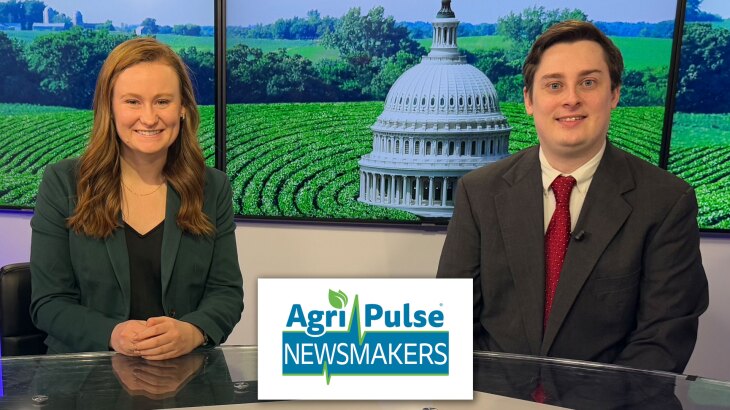Today, Secretary of Agriculture Tom Vilsack announced an investment of $40 million to provide high-speed internet access for people living and working in rural areas in New Mexico.
It was a pleasure to join @MartinHeinrich and @RepGabeVasquez for today’s visit to BlueFly Farms, a lavender farm in Peralta, New Mexico. A special thank you to Beth Arnold, Co-Owner of BlueFly Farms, for your hospitality and for sharing your story. pic.twitter.com/xm0kIB1Q9C
— Secretary Tom Vilsack (@SecVilsack) April 3, 2023
He has been with other political leaders announcing advancements in high-speed broadband access to rural individuals, farms, and businesses around the state. Projects like these are backed by $65 billion made available through the Infrastructure Law signed last year.
The three projects that were announced:
- The Western New Mexico Telephone Company Inc. is receiving a $23.8 million grant to deploy a fiber-to-the-premises network to provide high-speed internet access to people in Catron County. The company will make high-speed internet affordable by participating in the Federal Communications Commission’s (FCC) Lifeline and Affordable Connectivity Programs (ACP). It also will provide a $34.99 monthly plan with 75 megabits per second upload and download speeds for subscribers within the project area who are enrolled in the ACP.
- The E.N.M.R. Telephone Cooperative is receiving a $2.6 million grant to deploy a fiber-to-the-premises network to provide high-speed internet access to people in De Baca, Guadalupe, Harding, Quay, San Miguel, Socorro and Union counties. E.N.M.R. will make high-speed internet affordable by participating in the FCC’s Lifeline and Affordable Connectivity Programs. This project will serve socially vulnerable communities in De Baca, Guadalupe, San Miguel and Socorro counties.
- The Peñasco Valley Telephone (PVT) Cooperative is receiving a $13.9 million grant to deploy a fiber-to-the-premises network to provide high-speed internet access to 550 people, 48 farms and 11 businesses in Chaves, Eddy, Otero and Lincoln counties. PVT will make high-speed internet affordable by participating in the FCC’s Affordable Connectivity Program (ACP). PVT also offers a program that can provide free internet for households participating in the ACP. This project will serve socially vulnerable communities in Chaves, Eddy and Otero counties.
@USDA’s ReConnect grants make a huge difference for families as we aim to close the digital divide in rural areas. For example, the Peñasco Valley Telephone will be able to provide high-speed internet access to 550 people, 48 farms, & 11 businesses in multiple counties across NM!
— Secretary Tom Vilsack (@SecVilsack) April 3, 2023
Story via USDA















